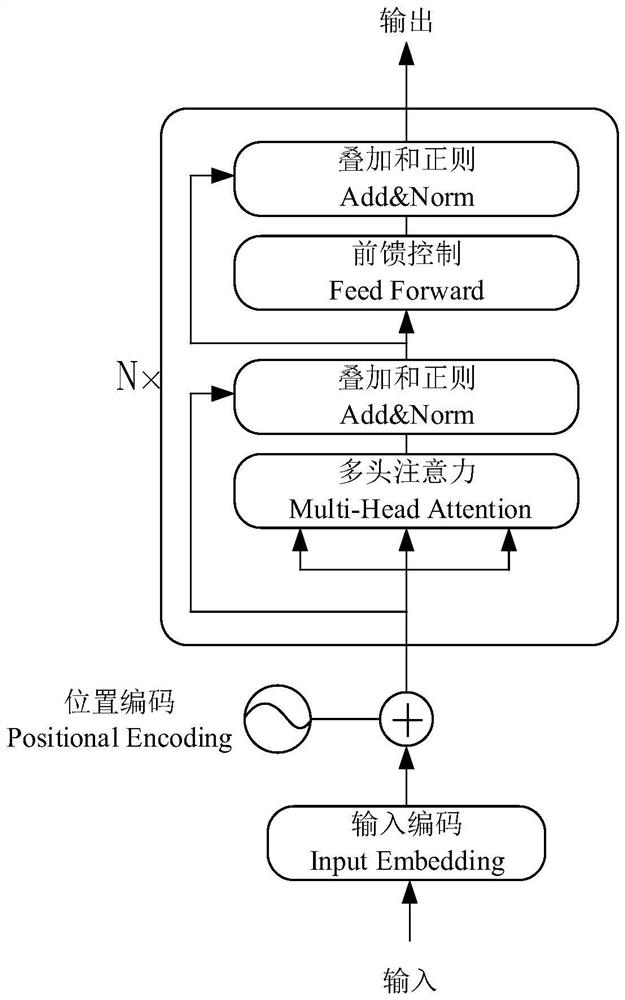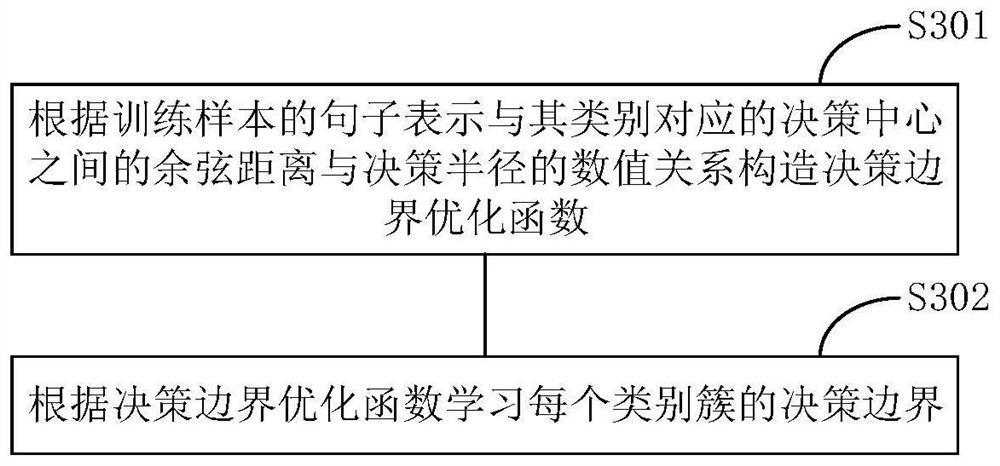Method and device for identifying unknown intention text
A text and intent technology, applied in the direction of neural learning methods, character and pattern recognition, unstructured text data retrieval, etc., can solve the problem that the classification model cannot be classified, the category labels of the training samples are incomplete, and the classification model cannot identify the unknown Intent and other issues to achieve the best results
- Summary
- Abstract
- Description
- Claims
- Application Information
AI Technical Summary
Problems solved by technology
Method used
Image
Examples
Embodiment Construction
[0032] Text classification is one of the basic tasks in the field of natural language processing technology. It has very rich applications in real life. For example, applications based on natural language processing technology such as public opinion monitoring, news classification, and sentiment classification are all realized through text classification tasks. of.
[0033] Currently, the text classification task trains a classification model with several fixed categories of training samples, enabling the classification model to recognize several fixed categories of text from unknown texts, however, for unknown texts that do not belong to these fixed categories (i.e. unknown intent ), the classification model fails to classify. For example: in a news classification scenario, if the training samples include labels for three categories of sports, economy, and entertainment, then the classification model trained using the training samples of these three categories can only be use...
PUM
 Login to View More
Login to View More Abstract
Description
Claims
Application Information
 Login to View More
Login to View More - R&D
- Intellectual Property
- Life Sciences
- Materials
- Tech Scout
- Unparalleled Data Quality
- Higher Quality Content
- 60% Fewer Hallucinations
Browse by: Latest US Patents, China's latest patents, Technical Efficacy Thesaurus, Application Domain, Technology Topic, Popular Technical Reports.
© 2025 PatSnap. All rights reserved.Legal|Privacy policy|Modern Slavery Act Transparency Statement|Sitemap|About US| Contact US: help@patsnap.com



